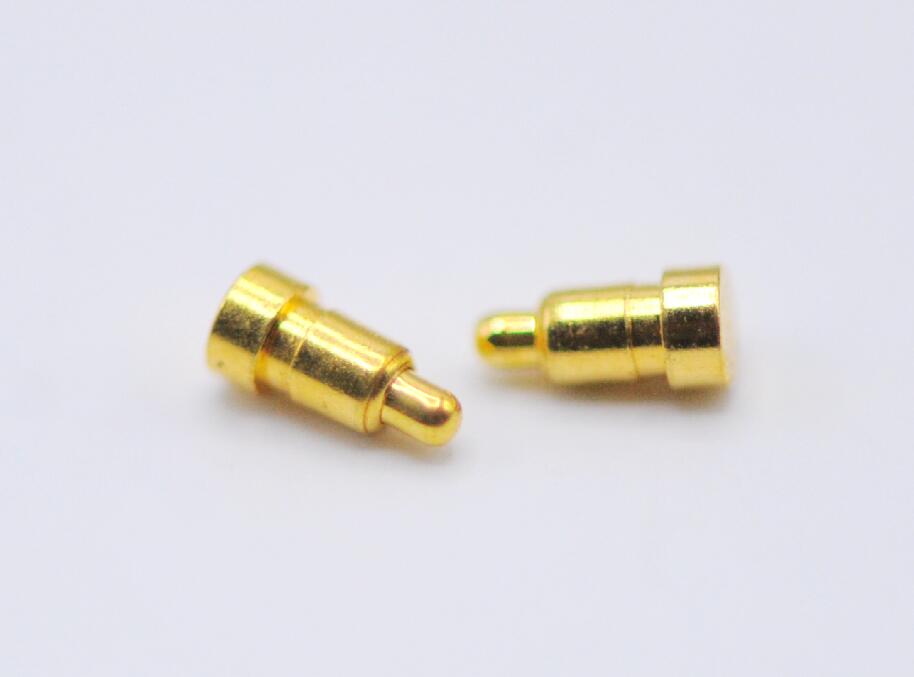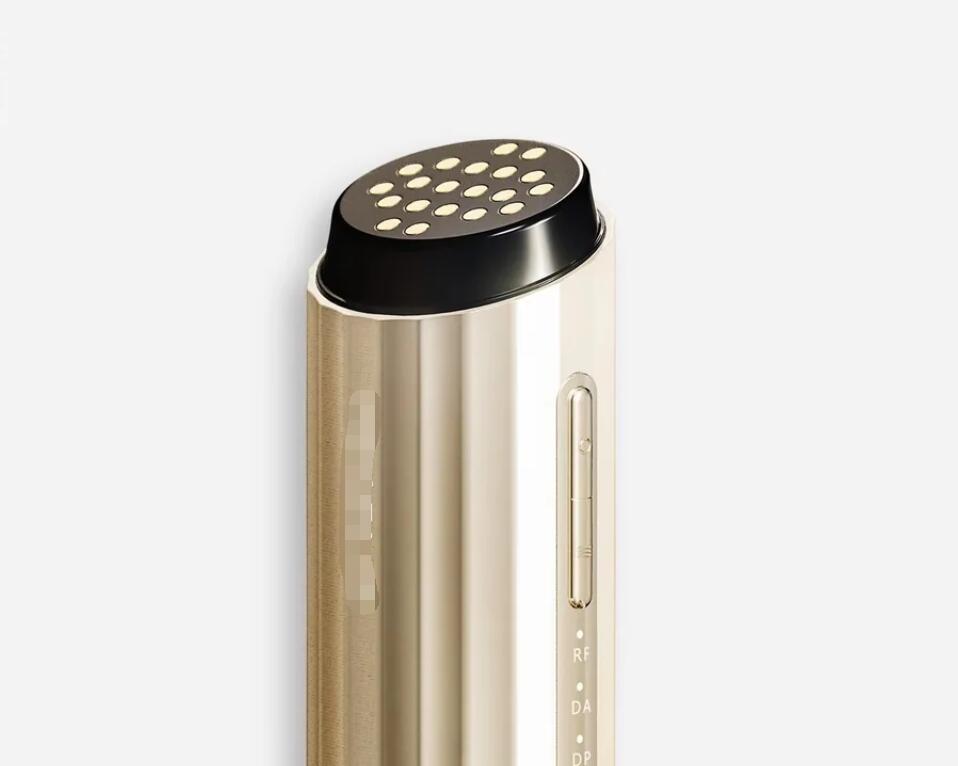Pogo pins are increasingly being used in home beauty instrument products due to their reliability, durability, and space-saving design. These pins are spring-loaded probes that can be used to establish an electrical connection between two devices.

In home beauty instrument products, pogo pins are used to connect various components such as batteries, sensors, and actuators. For instance, some home beauty instruments use pogo pins to connect the battery to the device’s circuit board. The pins are also used to connect the device’s sensors, such as those that measure temperature or humidity.
One of the main advantages of using pogo pins is that they take up very little space, which is essential in home beauty instrument products that are often compact and portable. Additionally, pogo pins offer a reliable and long-lasting connection, which is important for devices that are used frequently.

To apply pogo pins to home beauty instrument products, the design team must consider several factors such as the size and shape of the pins, the number of pins needed, and the placement of the pins. The team must also ensure that the pins are compatible with the device’s electrical requirements and that they can withstand the device’s intended use.
The size and shape of the pins are essential in the functionality of home beauty instrument products. For instance, a pogo pin that is too big or too small may not fit into the device’s port. The number of pins needed will depend on the number of components that require electrical connections. The placement of the pins must be strategic to ensure that they can be accessed easily but not interfere with the device’s overall design.
Furthermore, the compatibility of the pogo pins with the device’s electrical requirements is crucial. The device’s electrical requirements must be analyzed to determine the voltage, current, and resistance of the pins required for efficient functioning. The pins must also be designed to withstand the device’s intended use, including the frequency of use and the environment in which the device will be used.
In conclusion, pogo pins are an ideal solution for connecting components in home beauty instrument products due to their reliability, durability, and space-saving design. By using pogo pins, home beauty instrument manufacturers can create smaller and more reliable devices that offer better performance and user experience. The design team must consider the size, shape, number, and placement of the pins, as well as their compatibility with the device’s electrical requirements.
If you have any questions or feedback on this topic, please feel free to let me know!







